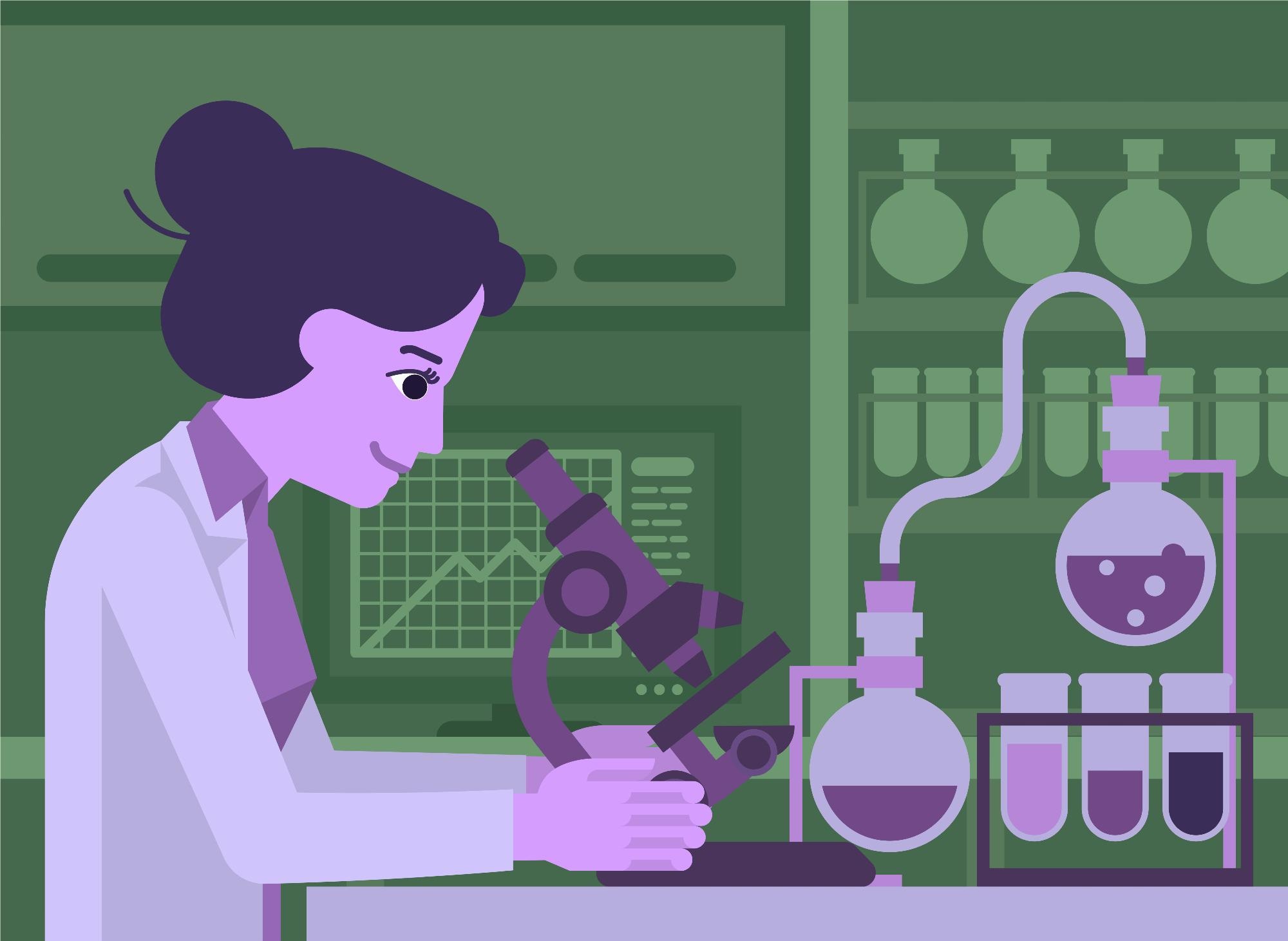Throughout recent history, science and mathematics have been regarded as male domains. Multiple studies have backed this up and have also revealed that scientists are expected to be men. These stereotypes are reflected in real life, with more men working in science, technology, engineering, and math (STEM) careers. Some believe that there is a genuine difference between men and women that give men a genetic advantage, some have suggested that the male brain is better suited to tasks that involve number and reasoning. However, evidence suggests that the main driver for more men finding their way into STEM careers is the enforcement of stereotypes from a young age.
2022 Day of Women & Girls in Science - UN Chief | United Nations (11 February)
As children, girls are encouraged to play with “girl’s toys” such as dolls, while boys are given toys that encourage STEM skills, such as train tracks and toys like Meccano. There is no biological reason why women cannot succeed in science. To promote gender equality in this field stereotypes and biases must be tackled from an early age. Here, we discuss possible strategies to promote gender equality in science.
An end to gender-specific toys
It has long been understood that the experiences we have early on in life are powerful enough to shape who we become as adults. Recently, the Institution for Engineering and Technology found companies that produced toys with a technology focus were three times as likely to design them to be targeted at boys. This comes as no surprise, most people have likely experienced being given gender-stereotyped toys to play with. The impact of this gender bias is potentially huge.
Children who play with toys that encourage scientific thinking are more likely to develop those skills as well as an interest in the field. Therefore, boys are more likely to develop skills in science from an early age. Additionally, girls and boys are taught early on that some skills and areas are “for boys” or “for girls”, this discourages many girls from seeking out STEM areas later on as it is ingrained in them, consciously or unconsciously, that science is a field they do not belong in.
To tackle these damaging childhood influences toymakers should stop marketing STEM toys to boys. Last year, toymaker Lego announced that it would work to remove gender stereotypes from its products after a global survey the company commissioned concluded that children’s attitudes to play and future careers were unequal and restrictive. If more toymakers were to take this position, it could represent a significant step to addressing gender inequality in science.
Nurturing women in science
Studies show that over the years, the representation of women in science has steadily improved. However, huge inequalities remain. While 27% of scientific authors across disciplines are now women, compared to just 12% in 1955, this is still far from 50%. Additionally, some disciplines demonstrate higher levels of gender inequality, mathematics, physics, and computer science, for example, only have 15% women authors. Once women enter the sciences, they must be nurtured to support their success.
Women face many more obstacles than men do. They have a gender bias to overcome, stereotypes to prove wrong, although they may be performing the same role as a man, they often have the added pressure to “prove themselves”. Family requirements such as taking maternity leave also present a challenge to women in a male-dominated field, which is believed to lead to high levels of women dropping out of the sciences throughout their careers.
To reduce the gender gap, the scientific community has made efforts to nurture junior female researchers. While this is a step in the right direction, it is not enough. Women are being lost at a higher rate at every step of their careers due to navigating a field built for men. The lower retention of women in the sciences means that fewer women are represented in senior roles despite the growing numbers of women entering at the lower levels. Therefore, women lack role models as well as senior female staff with the power to make the necessary systemic changes to support women throughout their entire career path.

Image Credit: Christos Georghiou/Shutterstock.com
Funded projects and celebrations of women in science
Governments and global organizations have a responsibility to support women in science and to initiate strategies that change the current status quo that prevents women from entering and succeeding in science. The EU is looking to address gender inequality in science with the GEECCO project, which works with universities and research organizations to increase the role of women in the various fields of science.
In 2015, the United Nations declared February 11th as the International Day of Women and Girls in Science. The day has been celebrated every year since to help “achieve full and equal access to and participation in science for women and girls, and further achieve gender equality and the empowerment of women and girls”.
Sources:
- Huang, J., Gates, A., Sinatra, R. and Barabási, A., 2020. Historical comparison of gender inequality in scientific careers across countries and disciplines. Proceedings of the National Academy of Sciences, 117(9), pp.4609-4616. https://www.pnas.org/content/117/9/4609
- Promoting gender equality in science and technology. [Online]. European Commission. Available at: ec.europa.eu/.../promoting-gender-equality-science-and-technology Accessed February 2022
- Makarova, E., Aeschlimann, B. and Herzog, W., 2019. The Gender Gap in STEM Fields: The Impact of the Gender Stereotype of Math and Science on Secondary Students' Career Aspirations. Frontiers in Education, 4. https://www.frontiersin.org/articles/10.3389/feduc.2019.00060/full
- Sally Weale. (2016). Gendered toys could deter girls from career in engineering, report says. [Online]. The Guardian. Available at: www.theguardian.com/.../gendered-toys-deter-girls-from-career-engineering-technology Accessed February 2022
Last Updated: Feb 16, 2022